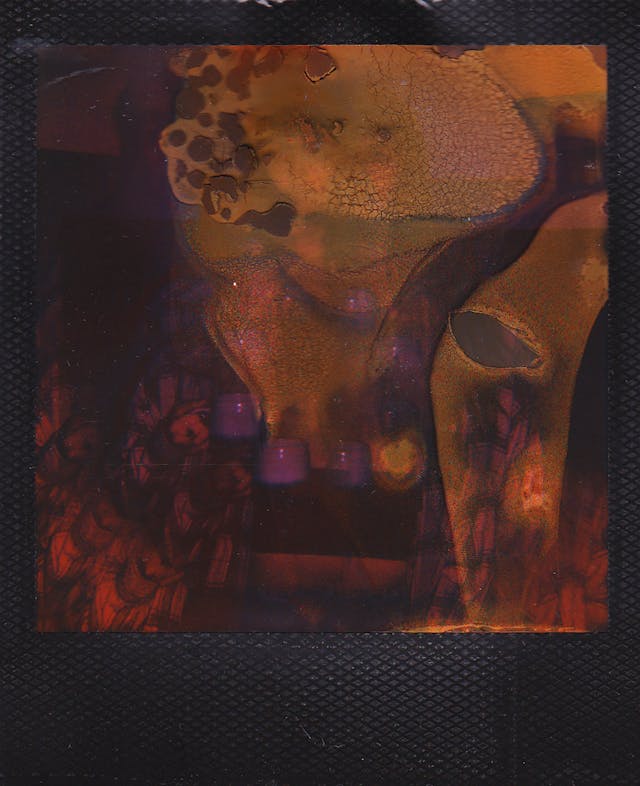Bold and Brooding: Incorporating Moody Artwork into Your Home’s Aesthetic
Moody artwork adds a dramatic, bold, and brooding touch to a home’s aesthetic, creating a sense of depth and emotion that transforms the atmosphere of a room. With its rich tones, striking contrasts, and evocative subjects, this style of art can make a powerful statement, turning your home into a gallery-like space filled with personality and intrigue. Whether it’s dark abstracts, portraits, or nature scenes, incorporating moody artwork into your decor requires a careful balance to ensure it enhances the room without overpowering it. Here’s how to seamlessly integrate bold, brooding artwork into your home’s aesthetic.
1. Choose the Right Color Palette
Moody artwork typically features deep, rich tones like charcoal, navy, burgundy, forest green, or black. These darker hues evoke a sense of mystery and drama, and they work beautifully in a variety of interior styles, from minimalist modern to eclectic or even rustic spaces.
To make moody artwork stand out, consider the color palette of the room where the piece will be displayed. If your walls are painted in neutral tones like white, light gray, or beige, dark artwork creates a striking contrast, making the artwork the focal point of the room. A piece with rich, bold colors against a neutral background can be both eye-catching and sophisticated.
For those with darker, more dramatic wall colors like deep green, black, or navy, moody artwork can blend harmoniously while enhancing the richness of the overall space. Choose artwork that has highlighted accents—flashes of light or color—to prevent the piece from disappearing into the wall.
2. Make It the Focal Point
Moody artwork often demands attention, so positioning it as a focal point in a room is essential. Hang a large, statement piece above a sofa, bed, or fireplace, where it naturally draws the eye and anchors the space. This creates a balance between the boldness of the artwork and the rest of the room’s design.

For living rooms, a single large painting or a collection of smaller moody pieces arranged in a gallery-style display works beautifully to pull the room together. In bedrooms, a large, dark abstract or portrait over the headboard can create an intimate and luxurious atmosphere, perfect for making the room feel cozy and sophisticated.
If you prefer multiple pieces, arrange them in a grid or linear layout to give the space structure while allowing each piece to shine individually. This method works well in dining rooms, hallways, or entryways, where a cohesive arrangement of moody art can create a striking first impression.
3. Layer with Texture and Lighting
Because moody artwork is often heavy in tone, layering it with the right textures and lighting helps to soften the overall look while highlighting the piece’s beauty. Matte black frames, distressed wood, or thin metallic edges offer a subtle yet sophisticated way to frame the art without taking away from its drama. Textured frames, such as rough-hewn wood or antique gold, can also add warmth to the space, balancing the brooding energy of the artwork.
Lighting is key when showcasing moody art. Use track lighting, wall sconces, or picture lights to illuminate the artwork, ensuring that the deep tones and shadows are well-highlighted. The interplay between light and shadow enhances the painting’s complexity and depth, allowing you to appreciate its details even in darker settings. Dimmer switches are ideal for adjusting the lighting to fit different moods—soft lighting for a relaxed atmosphere or brighter lighting for gallery-like appeal.
For added dimension, consider placing the artwork above a textural surface such as a velvet sofa, leather armchair, or textured rug. These elements introduce contrast through their softness, making the overall space feel layered, rich, and inviting.
4. Pair with Minimalist or Neutral Furniture
Because moody artwork is often visually striking, pairing it with minimalist or neutral furniture creates balance and harmony in the room. Simple, clean-lined furniture in muted tones like gray, beige, or soft whites ensures that the artwork remains the focal point without competition.
For instance, a large dark abstract piece hung above a sleek, modern sofa or dining table creates a contrast that feels both sophisticated and uncluttered. The minimalist approach allows the depth and intensity of the artwork to shine, giving the room a well-edited, gallery-like feel.
If your room has more ornate or vintage furniture, choose pieces in neutral tones or subtle patterns that complement, rather than compete with, the mood of the artwork. This creates a layered aesthetic that feels intentional, rather than overwhelming.
5. Create a Sense of Drama in Small Spaces
Moody artwork can work wonders in small spaces, transforming hallways, powder rooms, or reading nooks into intimate, dramatic areas. In a narrow hallway or staircase, a series of smaller moody artworks can create a gallery wall, with each piece contributing to an overall sense of brooding elegance.
In a powder room or bathroom, a single piece of dark, moody art paired with elegant lighting can create a luxurious, intimate feel. Since these spaces are often compact, a bold statement piece in a rich color palette adds visual interest and personality, making the room feel more curated and special.
6. Incorporate Eclectic and Vintage Elements
Moody artwork pairs beautifully with eclectic or vintage elements, adding a sense of history and depth to a space. Consider pairing a moody painting with vintage mirrors, antique furniture, or handmade ceramics to create a space that feels layered and full of character.
For a bohemian-inspired look, mix rich textiles like velvet, wool, and woven blankets with dark artwork to create a cozy, lived-in feel. Adding global accents, such as a Moroccan rug or handcrafted decor, brings warmth to the space, while the moody artwork grounds the design with its boldness.
In a more contemporary setting, mid-century modern furniture in rich woods, brass accents, and moody art create a refined, elegant look that feels timeless. The combination of clean lines, vintage-inspired furniture, and dramatic artwork can bring a touch of retro glamor to a space without feeling dated.
7. Balance with Greenery
Incorporating houseplants and greenery adds a fresh, vibrant contrast to the boldness of moody artwork. The natural texture and color of plants soften the dark tones of the artwork, bringing a sense of balance and serenity to the room. Place large plants like a fiddle-leaf fig or monstera near the artwork, or opt for trailing vines like ivy or pothos cascading from shelves or hanging planters.
Smaller succulents or ferns placed on side tables or bookshelves can further brighten the space, adding life and energy without taking away from the brooding beauty of the art. This combination of dark, bold art and vibrant greenery creates a rich, textural contrast that enhances both the artwork and the living space.
8. Personalize with Portraits and Abstracts
Moody artwork can be deeply personal, especially when it comes to portraits or abstracts. A dark, brooding portrait can evoke emotion, drawing people into its story and adding a sense of intrigue to the room. Whether it’s a vintage oil painting or a modern charcoal sketch, portraits in deep tones bring character and depth to a space, making it feel lived-in and thoughtful.

For those who prefer abstract artwork, dark abstract pieces with sweeping lines, bold brushstrokes, or subtle textures can transform the energy of a room. The fluid, open-ended nature of abstract art invites interpretation, allowing the viewer to connect with the piece on a personal level. When displayed in a living room, bedroom, or office, these artworks create a mood of reflection, contemplation, or even mystery.
Conclusion: The Power of Moody Artwork
Incorporating moody artwork into your home’s aesthetic brings drama, depth, and sophistication to any room. Whether you prefer rich, dark portraits, abstract art, or evocative landscapes, these pieces can become the soul of your home, creating a bold statement while complementing the surrounding decor. With the right balance of textures, lighting, and furniture, moody artwork can elevate your space, making it both striking and inviting, with an atmosphere full of personality and intrigue.